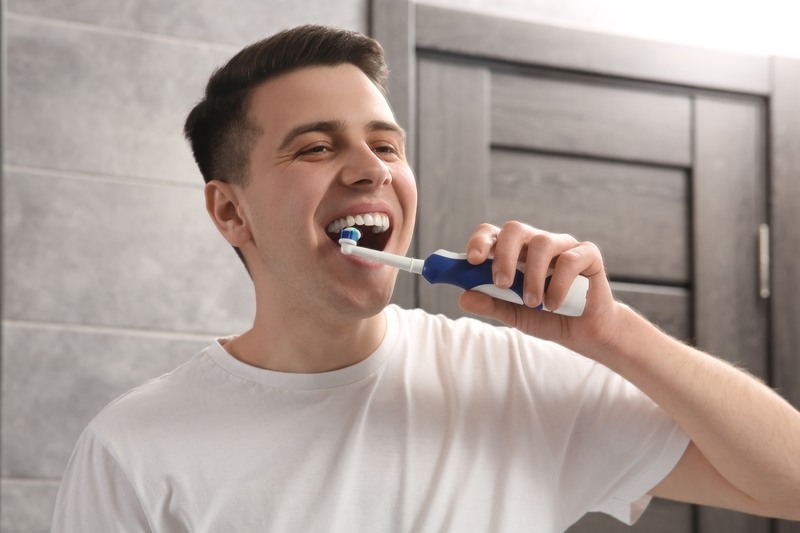
In the continuously evolving world of dental care, the electric toothbrush has become a staple for those seeking a superior oral hygiene experience. With a host of options available, finding the best electric toothbrush can feel overwhelming. In today’s blog, the dentists Dr. Pallavi Rakesh, Dr. William Shin, Dr. Quinton Cobb and Dr. Lisa Perlow, aim to help simplify the decision-making process by exploring the different types of electric toothbrush options that might suit your unique needs perfectly.
Types of Electric Toothbrushes
1-Rotary Oscillating Brushes:
These moving brushes have a small, round head that rotates in a circular motion. They are effective at removing plaque and are often recommended for those wearing braces.
Ideal for: Individuals looking for a thorough clean without putting in much manual effort.
2-Sonic Brushes:
Sonic toothbrushes rely on high-frequency vibrations to create a dynamic cleaning action. They are known for reaching areas that traditional brushes might miss.
Ideal for: People who want a deep clean and enjoy the sensation of a vibrating toothbrush.
3-Rotary Brushes:
These brushes have a rotating bristle action that mimics manual brushing. They provide a comprehensive clean and are user-friendly.
Ideal for: Individuals who prefer a familiar brushing technique with the added benefits of automation.
4-Dual-Head Brushes:
Featuring both rotary and sonic movements, dual-head brushes offer versatility and a customizable cleaning experience.
Ideal for: Those who want the best of both worlds and the option to switch between cleaning modes.
How to Choose the Best Electric Toothbrush
1-Brushing Technology:
Consider your preferences in terms of brushing technology. If you enjoy the feel of traditional brushing, a rotary or oscillating brush might be the right choice. On the other hand, if you want a high-tech solution, a sonic or dual-head brush could be more suitable for your needs.
2-Battery Life and Charging Options:
Evaluate the battery life of the electric toothbrush you are considering and the convenience of its charging options. Some models come with travel cases and USB charging, making them suitable if you are often on the go.
3-Brush Head Compatibility:
Check the availability and cost of replacing your brush heads. It’s essential to use a fresh brush head every three to four months for optimal oral health as the bristles fray.
4-Pressure Sensors:
Opt for a toothbrush with pressure sensors that alert you if you’re applying too much force. This feature helps prevent over-brushing, which can lead to gum recession and tooth enamel damage.
5-Additional Features:
Explore additional features such as timers, multiple cleaning modes and smart connectivity. Timers help you brush for the recommended two minutes, while different modes cater to specific needs if you have sensitive teeth or receding gums.
Call to Learn More
By understanding the types of electric toothbrushes available and evaluating their key features, you can make an informed decision that promotes a healthier and happier smile for the new year. Our skilled dentists Dr. Pallavi Rakesh, Dr. William Shin, Dr. Quinton Cobb and Dr. Lisa Perlow, invite you to reach out if you have further questions or concerns about your oral hygiene. You can call the location nearest you to make an appointment or Book Online:





